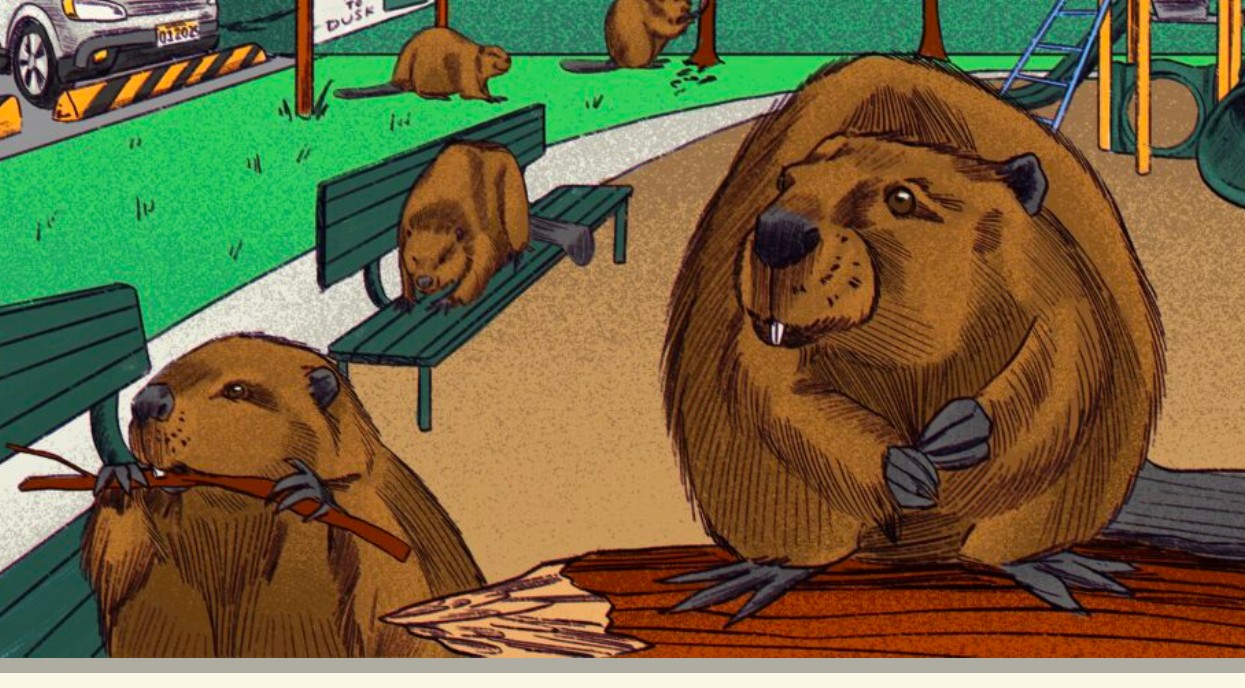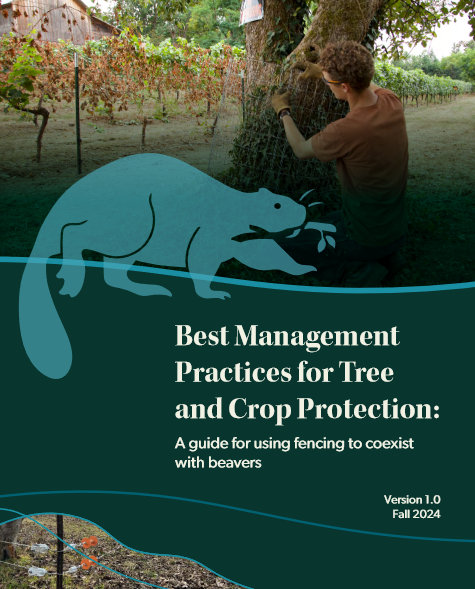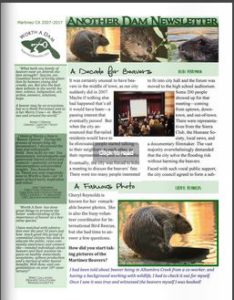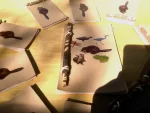Time for a state fossil in Minnesota. What? You didn’t know there was such a thing? Well listen up.
Giant beaver could become Minnesota’s official state fossil this year
A bill before lawmakers would name the Castoroides Ohioensis, also known as the giant beaver, as Minnesota’s official state fossil.
The giant beaver became extinct around 10,000 years ago, but once reached lengths of up to 7 feet and weighed up to 200 pounds. As the largest rodent ever in North America, it also would have existed with the first people ever to settle in Minnesota, according to a representative from the Science Museum of Minnesota.
Minnesota is one of only four states without a current state fossil designation.
Wait just a doggone minute there. Does California have a state fossil? Why yes it does. The saber-toothed cat, Okay I guess it’s a thing.
What they’re saying:
“I see state symbols as a wonderful educational opportunity, where we can introduce new things to our kids as they’re growing up,” said Dr. Alex Hastings of the Science Museum of Minnesota during the House State Government Finance and Policy Committee on Thursday.
According to Hastings, the science museum carried a vote two years ago in order to make a nomination decision on what the fossil should be, with the giant beaver receiving more than 11,000 submissions.
Minnesota is currently one of only four states that does not have a designated state fossil.
“There was a very clear winner – none other than the giant beaver,” Hastings said before the committee. “One of the fascinating things about this animal is not only was it the largest rodent ever in North America, it also would have existed with the first people settling in Minnesota. There’s even some folklore that suggests some personal interactions with them.
 I first heard about this a while ago when Emily Fairfax posted about the castoroides brew label being developed in St Paul.
I first heard about this a while ago when Emily Fairfax posted about the castoroides brew label being developed in St Paul.
I guess if you spend sometime promoting what beavers are NOT anymore you might be able to highlight all that they are.

A skeleton of the giant beaver is currently on display at the Science Museum of Minnesota – found just seven miles from St. Paul, Hastings said.
Historians believe the giant beaver was far larger than the current common beaver – reaching lengths of up to 7 feet and weighing up to 200 pounds.
Common beavers seen today are around 31 to 47 inches in length, and weigh around 24 to 66 pounds.
The bill would also include indigenous translations as part of the designation.
Well I guess it’s going to happen. I love my castoroides skull. Maybe now school children will collect them!
Unlike modern beavers that make dams and lodges, scientists believe the giant beaver was unable to adapt to the changing landscape.
What’s next:The bill was laid over by the committee on Thursday for possible inclusion in a larger collection of bills – known as an omnibus bill – to be approved later in the legislative session.






 But is coexistence even possible, or is beaver history destined to keep repeating itself, as previously untouched corners of the state give way to the march of modernity?
But is coexistence even possible, or is beaver history destined to keep repeating itself, as previously untouched corners of the state give way to the march of modernity? 
 Barely a scruffy nose poking out of the water at first, one such beaver could be seen running errands an early morning in November. The adult rodent quietly waded back and forth from a den wedged into the pond, a long oar-like tail helping it glide and gather sticks for the feed pile.
Barely a scruffy nose poking out of the water at first, one such beaver could be seen running errands an early morning in November. The adult rodent quietly waded back and forth from a den wedged into the pond, a long oar-like tail helping it glide and gather sticks for the feed pile. 



































